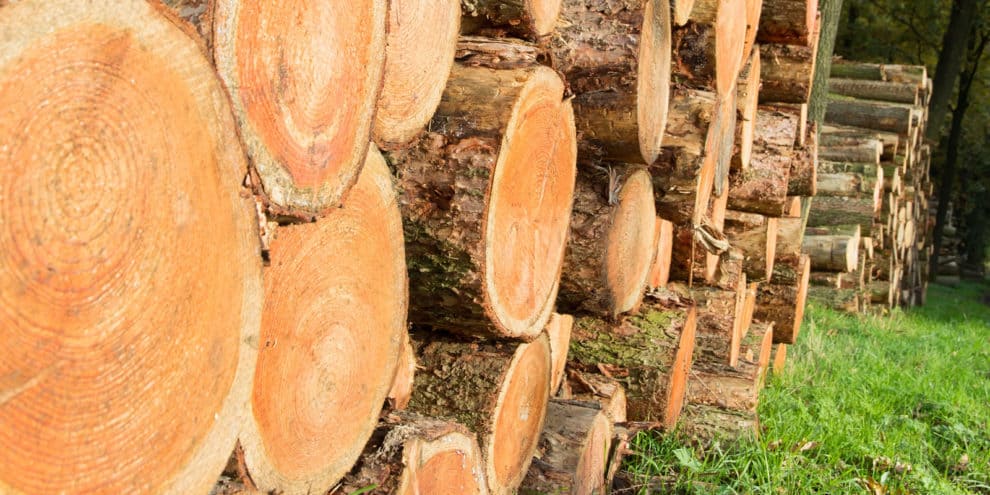To change a system or improve a process or understand a market, you must understand how it works. And part of this requires understanding constraints, boundaries and capabilities. While this theme is central to our “Timber Market Analysis” workshops, I believe Dirty Harry said it well (when discussing the importance of rigorous due diligence, I believe), “a man’s got to know his limitations.”
Questions to Ask
Prior to evaluating timber markets or conducting due diligence for clients, I ask several questions before committing our team to a market study related to timberland investments or wood-using mills. Certain questions establish the working relationship and process for how information will be shared and communicated to the ultimate decision makers. Other questions dictate the playing field for identifying and ranking potential wood baskets or timber markets for investment. These questions include:
- Specifically, what type of wood does the facility or market consume? This means detailing the species and form (e.g. roundwood and/or chips). While the question seems obvious, we have had projects where raw material specifications for mills get changed mid-stream, or where the standing timber is a “poor match” for the local market. While we live in the real world and understand things change, we also waste time and bake in risk if we fail to clarify starting assumptions and operable specifications. To do good work, we need the facts.
- How much wood does the plant or market require? Volume and size matter in the forest products industry. Each feasibility study in forestry must assess the availability, accessibility and sustainability of the wood raw materials on a local basis. The volume needs tell us where the investment fits on our viability matrix for capital investments: is this a niche play or market shifting investment? This depends on understanding the wood type and volume, as well as the economics of the technology and level of capital investment in the market.
- What is the ability-to-pay for wood raw materials? The universe of forest industry products has a pecking order: some end markets and technologies are simply more profitable and flexible than others. By clarifying up front whether or not the proposed investment can compete for raw material under a basic understanding of forest industry economics, we can reduce unnecessary analyses and focus resources on the most promising and viable capital investments.
When comparing timber markets or wood baskets, the key remains estimating how local timber prices could change over time in one wood basket relative to other candidate baskets, regardless of macroeconomic conditions. The analysis and the decisions for capitalizing mills and acquiring timberlands remind us to “know what is knowable” and confirm the limitations and constraints of the local market relative to our objectives. As such, these three questions help us confirm a common understanding of the starting assumptions and competitive requirements of the investment.
This content may not be used or reproduced in any manner whatsoever, in part or in whole, without written permission of LANDTHINK. Use of this content without permission is a violation of federal copyright law. The articles, posts, comments, opinions and information provided by LANDTHINK are for informational and research purposes only and DOES NOT substitute or coincide with the advice of an attorney, accountant, real estate broker or any other licensed real estate professional. LANDTHINK strongly advises visitors and readers to seek their own professional guidance and advice related to buying, investing in or selling real estate.










Add Comment